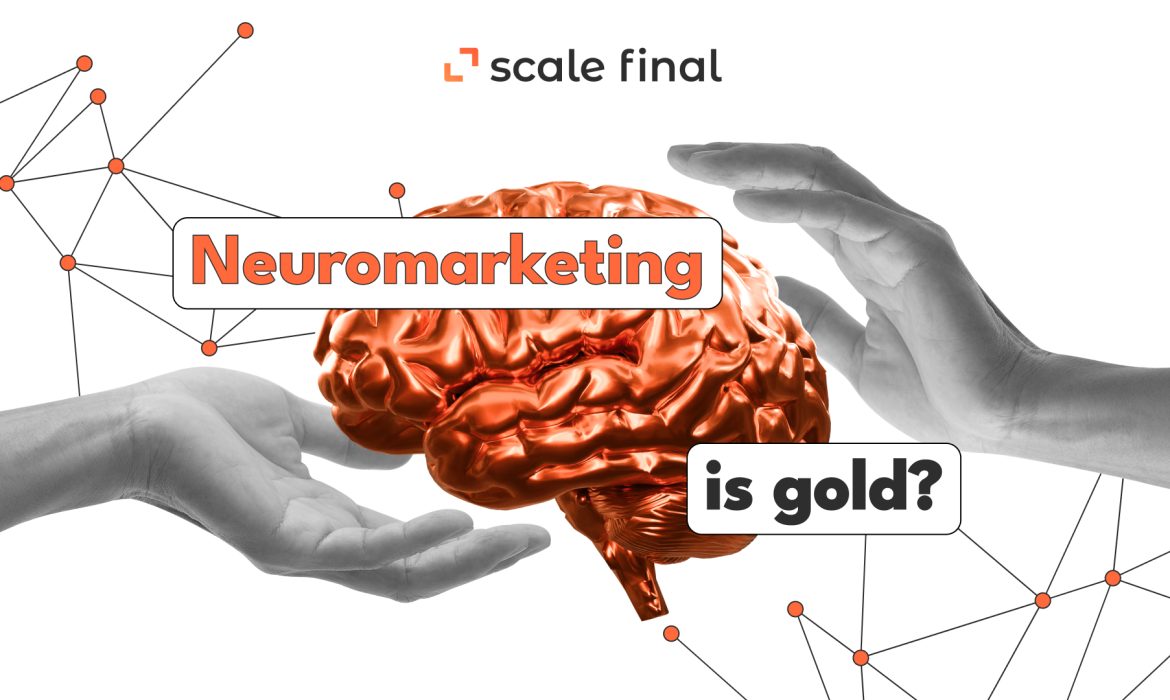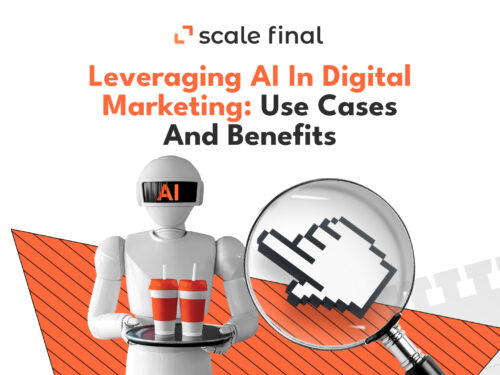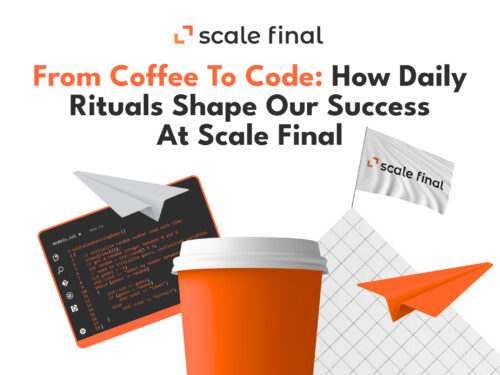Home • Blog • Neuromarketing is gold?
Neuromarketing is gold?
Today we’re not going to talk about why it’s important to deliver not only a great product, but also a great experience. That said, the experience is a whole journey – from interest to purchase.
The goal is to find new ways to make the best of it. And to leave an emotional and long-lasting impression in the process.
Data collection will always serve as a solid foundation. But those with the most advanced tools to explore consumer desires and emotions will always come out ahead. Good thing you may not have the tools, but you still can learn from it.
Neuromarketing tools are entering the stage.
So what is neuromarketing?
Neuromarketing is a field of study that uses various tools and methods such as fMRI, EEG, and iTracking, researchers track changes in the activity of the human body in response to various stimuli. The data obtained is in turn used by marketers to develop and improve products.
It can be put more simply: neuromarketing is used to develop a marketing strategy based on predicting and understanding consumer behavior.

If it touches you emotionally, then it’s doing its job!
If you’re moving forward with neuromarketing, here’s what you should consider:
- Influence as many senses as possible;
- Aim for emotional responses;
- Address consumers’ pain points, not pleasure.
How and where I can use neuromarketing
Website
Don’t overload your site with endless written content. Use images, videos and gifs to grab your customers’ attention and evoke emotional responses.
Videos
According to James McQuivey of Forrester Research, one minute of video is worth about 1.8 million words.

Whether we follow James McQuivey’s numbers or not doesn’t matter. Just look at other numbers.
Other facts about the impact of video on conversions:
- 84% of users are more willing to buy a product after watching a video about it;
- Users spend 88% more time browsing on websites that have videos
According to Wistia, if you take the average of the total time spent on pages with video (6 minutes) and compare it with the average of the total time spent on pages without video (4.3 minutes), it’s clear that visitors spend more time on pages with video.
Tip: Do you have a product or service that can trigger an emotional response from visitors? Use videos that drive excitement.
Gifs
Gifs have become trendy because they’re much more budget-friendly than videos. They also helps explain features more quickly. Plus, gifs have almost no impact on page load speed.
If you think visitors don’t want to see the whole video on the page, add a gif.

Images
We all read the info differently. Images add to the perception of the material, contribute to the formation of associations, and can deliver you business ideas clearly. And again, all this stimulates our brains.
Social media
Social media is great for building engagement with consumers. Your emotional appeal depends on your subscribers, so make sure you have a clear idea of the publications and content that will evoke the right emotions from them.
3. Advertisement

Our consumer behavior is irrational and neuromarketologists use it successfully. They’ve come up with a colorful bouquet of triggers to make catchy ads.
The “now or never!” trigger
It encourages the user to buy the product out of FOMO (Fear Of Missing Out). Such advertising appeals to the natural desire to buy something cheaper than usual.
Example: Aiseesoft
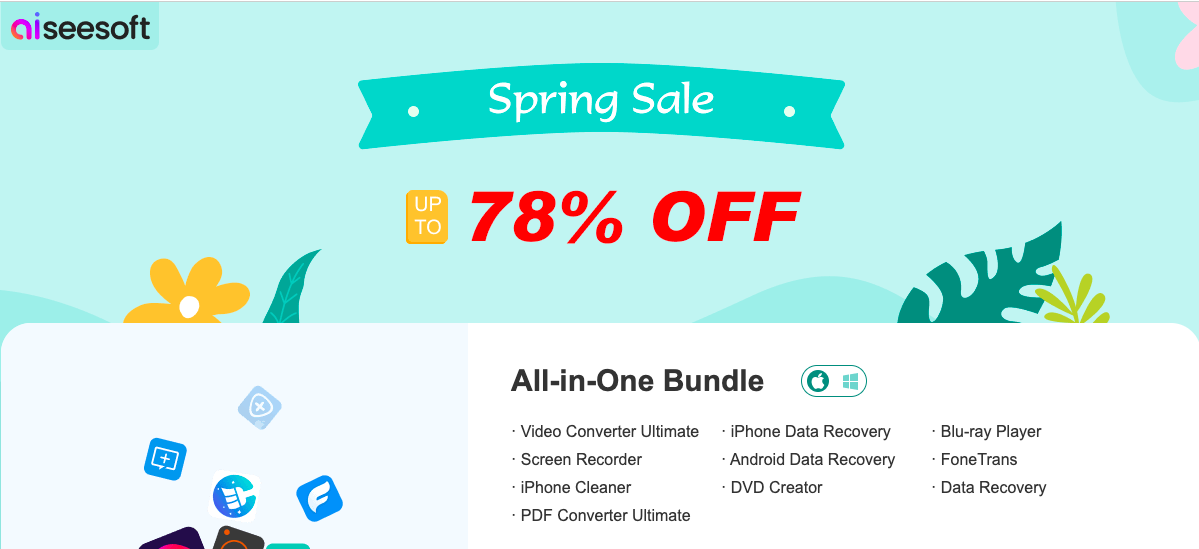
The “social recognition” trigger
It forces us to make a decision based on the opinions and actions of others. When we make decisions, we rely on others, and you as an entrepreneur can use social proof as a great technique to build trust and thereby increase sales.The number of views or subscribers, positive reviews, a list of successful cases and important partners work well here.
Example: Typeform
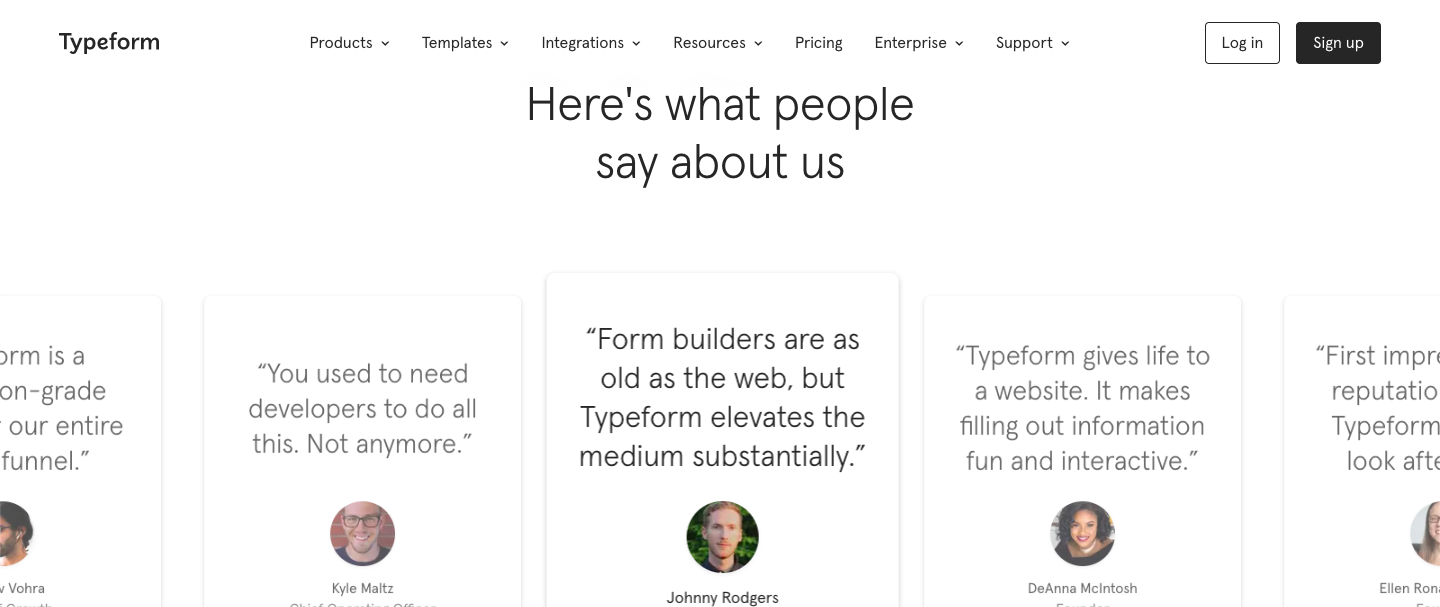
The “buy X and get Y” trigger
It makes us feel like they’re getting a good deal. People don’t want to do something for nothing, you need to offer them something in return for their action: a gift, a promo code or a free trial. If the customer receives immediate benefits, they’ll be more loyal to the brand.
Example: Blume
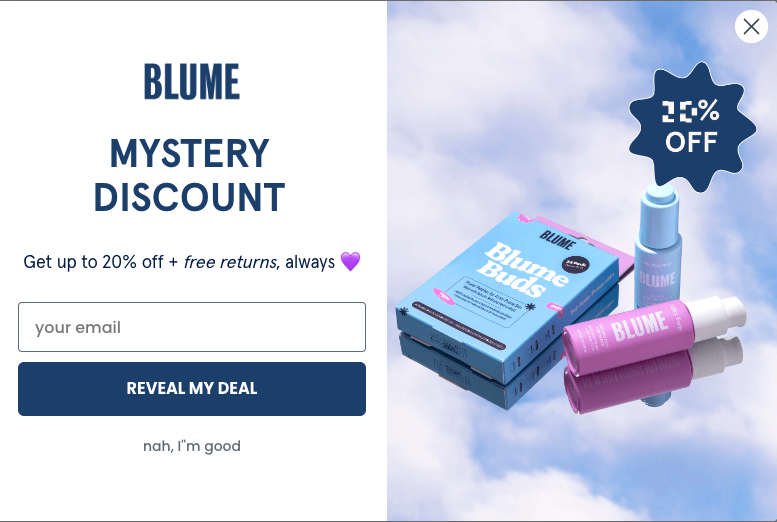
The “we did all the work for you” trigger
Shortens our journey from a decision to a targeted action because we don’t have to take any extra steps. This trigger creates a sense of saved time, which is why it resonates so well with all of us. Acceptance is illustrated by ready-built kits, product selection, comparison tests, and online calculations.
Example: Cryptohopper
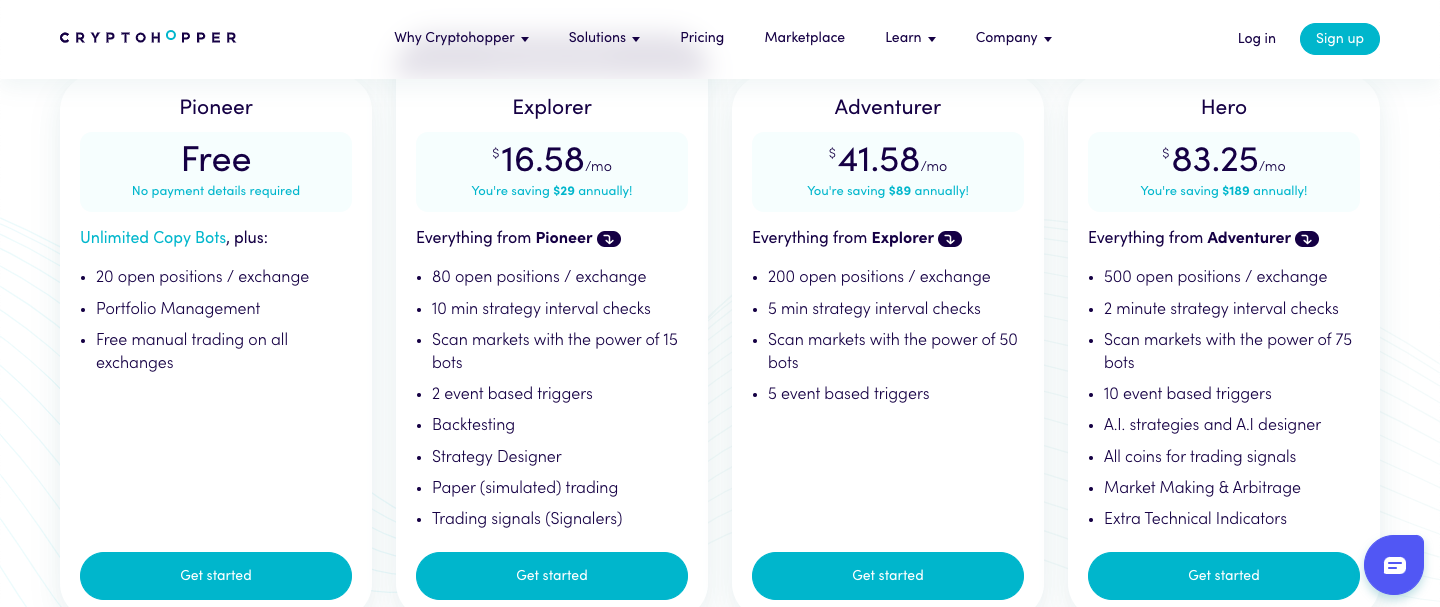
P.S. These are just a few of them, and for your product to rank, you don’t have to use any of them. If you don’t want to copy and stand out, go ahead. Always test and experiment. As for the “triggers” above, think of them as a working framework, a structure you can rely on and use. After all, it doesn’t mean that your 1+1=3 ad is the same as your competitor’s.
Final thoughts
The more unique and frictionless the customer experience, the greater the value.

More than 86% of consumers say they’re willing to pay more for an exceptional customer experience.
Neuromarketing is not gold. However, interest in neuromarketing has grown with advances in neuroscience and marketing technology.
Developing memorable experiences through neuromarketing takes the game to the next level. New aspects of emotional experiences can be built into every interaction with your business, creating and reinforcing positive associations with your company.

